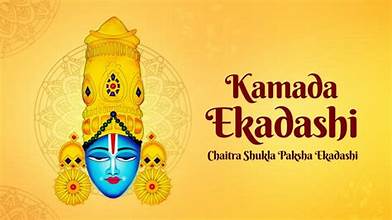Kamada Ekadashi, a sacred Hindu festival celebrated with fervor and devotion, holds profound significance for adherents. This article delves into the essence of Kamada Ekadashi, elucidating its rituals and cautioning against common mistakes.
Understanding Kamada Ekadashi
Kamada Ekadashi, falling on the 11th lunar day (Ekadashi) of the Chaitra month in the Hindu calendar, marks a time of spiritual renewal and redemption. Devotees engage in prayers, fasting, and acts of charity to seek blessings and absolution.
Significance of Observing Kamada Ekadashi
Observing Kamada Ekadashi is believed to cleanse one’s soul of past sins and pave the way for spiritual growth. It is an opportunity for devotees to deepen their connection with the divine and attain inner peace.
Puja Rituals: Navigating the Path to Blessings
- Early Morning Rituals: Begin the day with a purifying bath and don clean attire as a symbol of reverence.
- Offerings to the Deity: Prepare offerings of fruits, flowers, and sweets to present to Lord Vishnu, the presiding deity of Ekadashi.
- Chanting Mantras: Recite sacred mantras and prayers dedicated to Lord Vishnu to invoke his blessings and grace.
- Fasting: Abstain from consuming grains, beans, and certain vegetables throughout the day to demonstrate discipline and devotion.
- Charity: Extend generosity by donating food, clothing, or money to the less fortunate as a gesture of compassion and goodwill.
Common Mistakes to Avoid During Kamada Ekadashi
- Neglecting Fasting Guidelines: Adherents must adhere strictly to the fasting rules, avoiding even water consumption during the prescribed period.
- Lack of Sincerity in Prayer: Merely reciting prayers without genuine devotion and concentration diminishes the spiritual efficacy of the ritual.
- Ignoring Acts of Charity: Neglecting to engage in acts of charity deprives individuals of the opportunity to accrue merit and blessings.
- Excessive Indulgence After Fasting: Overindulging in rich or heavy foods immediately after breaking the fast disrupts the spiritual equilibrium achieved during Ekadashi.




